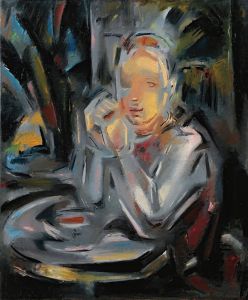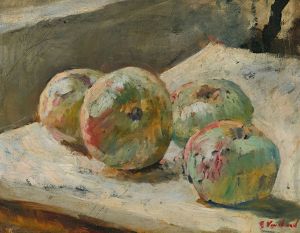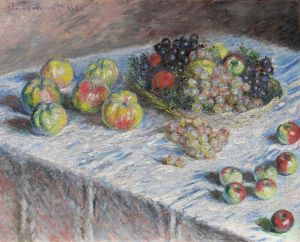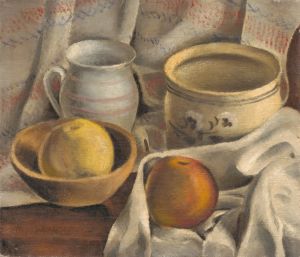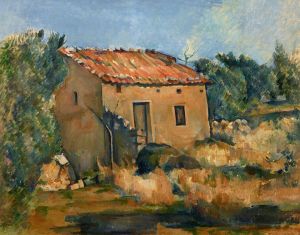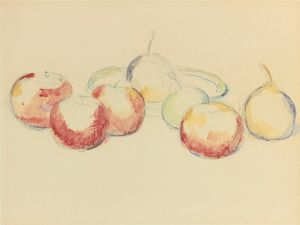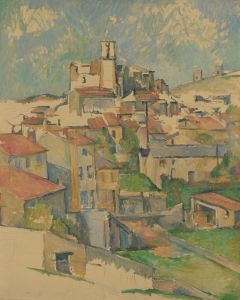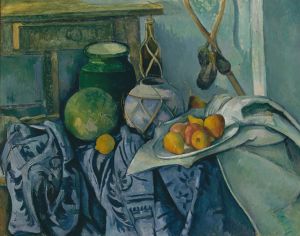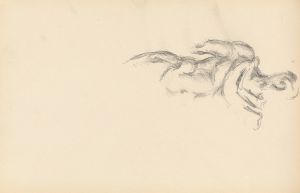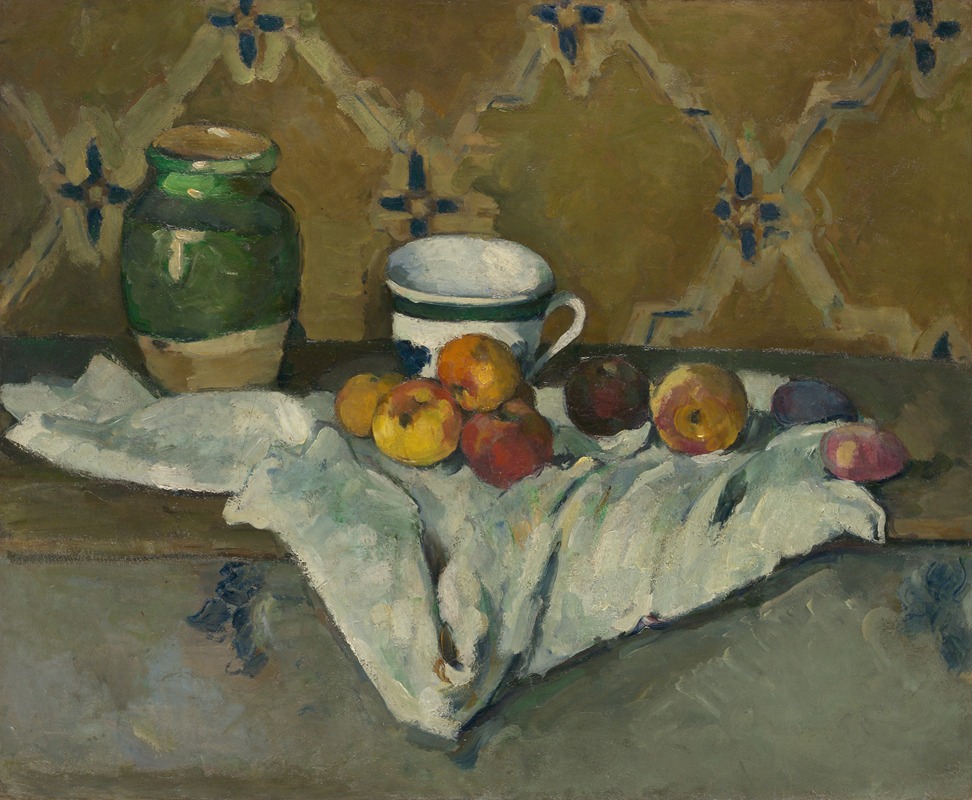
Still Life with Jar, Cup, and Apples
A hand-painted replica of Paul Cézanne’s masterpiece Still Life with Jar, Cup, and Apples, meticulously crafted by professional artists to capture the true essence of the original. Each piece is created with museum-quality canvas and rare mineral pigments, carefully painted by experienced artists with delicate brushstrokes and rich, layered colors to perfectly recreate the texture of the original artwork. Unlike machine-printed reproductions, this hand-painted version brings the painting to life, infused with the artist’s emotions and skill in every stroke. Whether for personal collection or home decoration, it instantly elevates the artistic atmosphere of any space.
"Still Life with Jar, Cup, and Apples" is a notable painting by the French Post-Impressionist artist Paul Cézanne. Cézanne, who was born on January 19, 1839, in Aix-en-Provence, France, is often credited with laying the groundwork for the transition from 19th-century artistic concepts to a new and radically different world of art in the 20th century. His work is characterized by a unique approach to form and color, which has influenced countless artists and movements.
This particular still life painting exemplifies Cézanne's innovative approach to composition and perspective. In "Still Life with Jar, Cup, and Apples," Cézanne employs a carefully arranged composition of everyday objects, including a jar, a cup, and several apples. These objects are placed on a table, and the arrangement is depicted with a sense of balance and harmony that is characteristic of Cézanne's still lifes.
Cézanne's technique in this painting, as in many of his still lifes, involves the use of geometric shapes to represent natural forms. He often used cylinders, spheres, and cones to depict objects, which can be seen in the rounded forms of the apples and the cylindrical shape of the jar. This geometric simplification was part of Cézanne's broader effort to depict the underlying structure of the objects he painted, rather than focusing solely on their surface appearance.
The color palette of "Still Life with Jar, Cup, and Apples" is another significant aspect of the work. Cézanne was known for his use of color to create depth and dimension, and in this painting, he employs a range of hues to give life to the objects. The apples, for instance, are rendered in various shades of red and green, which not only captures their natural appearance but also adds a vibrancy to the composition. The interplay of light and shadow is also evident, as Cézanne uses these elements to enhance the three-dimensionality of the objects.
Cézanne's still lifes are often noted for their exploration of perspective. In "Still Life with Jar, Cup, and Apples," he challenges traditional linear perspective by presenting multiple viewpoints within a single composition. This technique, sometimes referred to as "simultaneous perspective," allows the viewer to engage with the painting in a more dynamic way, as if moving around the objects rather than viewing them from a fixed point.
The significance of Cézanne's work, including "Still Life with Jar, Cup, and Apples," lies in its departure from the conventions of the time. While many of his contemporaries focused on capturing fleeting moments and the effects of light, Cézanne was more concerned with the enduring qualities of form and structure. His approach to painting has been described as methodical and deliberate, with each brushstroke contributing to the overall composition.
"Still Life with Jar, Cup, and Apples" is a testament to Cézanne's ability to transform simple, everyday objects into a complex and thought-provoking composition. His work in still life painting has had a lasting impact on the art world, influencing movements such as Cubism and Fauvism, and artists like Pablo Picasso and Henri Matisse have cited Cézanne as a significant influence on their own work.
In summary, "Still Life with Jar, Cup, and Apples" is a quintessential example of Paul Cézanne's innovative approach to art. Through his use of geometric forms, vibrant color, and dynamic perspective, Cézanne elevates the still life genre, inviting viewers to see the familiar in new and unexpected ways.






